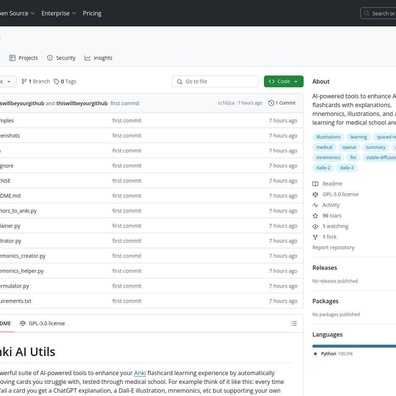News
Huawei Launches Ultra-Affordable 1TB SSD at USD $32 in South Korea
In a surprising move that could reshape the consumer storage market, Huawei has introduced its eKitStore Extreme 200E series SSD in South Korea, with the 1TB model priced at an remarkably low KRW 47,500 (USD $32). This aggressive pricing strategy marks Huawei's significant entry into the consumer SSD market, following their established presence in server storage solutions.Product Specifications and PerformanceThe eKitStore Extreme 200E series represents Huawei's first foray into consumer-grade storage solutions, launched in June 2024. The drive utilizes PCIe 4.0 technology, delivering impressive read speeds of up to 7,400 MB/s and write speeds reaching 6,700 MB/s. While these speeds position it as a high-end PCIe 4.0 drive, they remain modest compared to newer PCIe 5.0 SSDs that can achieve speeds of up to 14,000 MB/s.Product Specifications:Capacity Range: 512GB to 4TBInterface: PCIe 4.0Read Speed: Up to 7,400 MB/sWrite Speed: Up to 6,700 MB/sNAND Type: QLCDRAM: NonePrice (1TB model): KRW 47,500 (USD $32)Technical ArchitectureThe internal architecture of the eKitStore Extreme 200E employs QLC-based NAND flash memory and operates without DRAM cache. Due to ongoing US sanctions against Huawei, the company likely sources its components domestically within China. The controller could be either from MaxioTech, a popular choice for value-oriented drives, or potentially Huawei's own design, leveraging their experience in server SSD controllers. The NAND flash memory might originate from YMTC, a prominent Chinese manufacturer.Market Positioning and Value PropositionWith capacities ranging from 512GB to 4TB, Huawei's aggressive pricing strategy for the 1TB model sets a new benchmark in the storage market. At USD $32, it significantly undercuts competitors, offering PCIe 4.0 performance at a price point typically associated with basic storage solutions. However, questions remain about the sustainability of this pricing strategy and whether it represents a temporary promotional offer or a long-term market position.Availability and Market ImpactCurrently, the drive's availability appears limited to the South Korean market. This regional launch could serve as a test bed for Huawei's broader consumer storage ambitions, though international availability remains uncertain due to ongoing trade restrictions. The unprecedented price point could potentially disrupt the SSD market, forcing competitors to reconsider their pricing strategies for comparable products.
Storage
27 minutes ago
Snapdragon 8 Elite 2 Set for Early October 2025 Launch with TSMC 3nm Process
1 hour ago
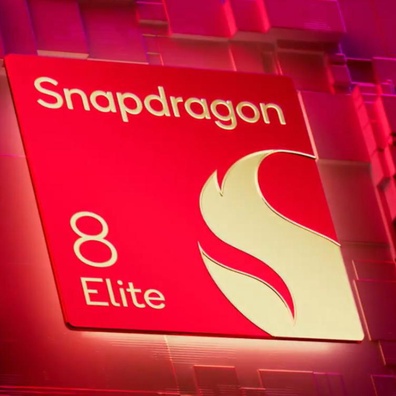
NandToTetris Project Shows How to Build a Computer from Basic Logic Gates
2 hours ago
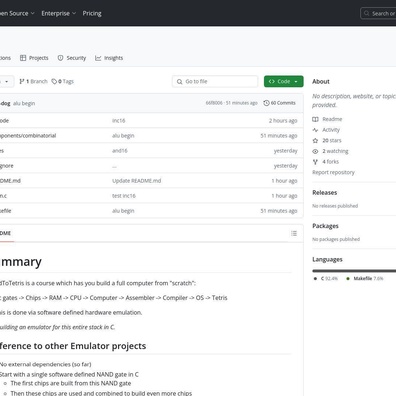
Huawei Enjoy 70X Launch Confirmed for January 3: Kirin 8000A and Satellite Communication Features
Phone
3 hours ago

iQOO Z9 Turbo Endurance Edition Coming With 6,400mAh Battery and GPS Upgrade
Phone
5 hours ago

EU's USB-C Mandate Forces Apple to Halt iPhone 14 and SE Sales in 29 Countries
Phone
6 hours ago

Spotify's Content Moderation Fails as NSFW Videos Surface in Artist Searches
Apps
7 hours ago

GitHub Pull Request Goes Viral: User Asks to Remove Password from List to Prevent Hacking
Security
13 hours ago

Index-Free Search Library Sparks Debate on Performance vs. Simplicity Trade-offs
14 hours ago
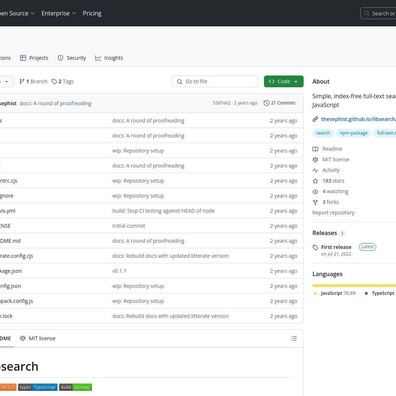
New Image Embedding Solution Bridges Text and Binary File Formats in Racket
AI
14 hours ago
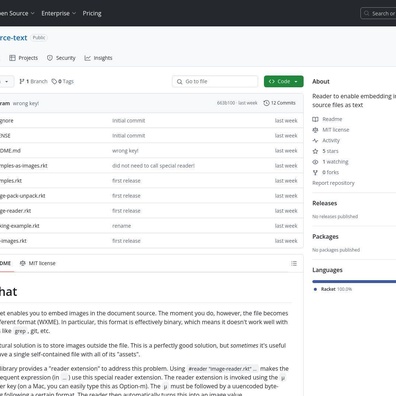
Samsung Galaxy S25 Ultra Camera Specs Leak: Only Ultra-Wide Gets Major Upgrade
Phone
21 hours ago

Google Sets Ambitious Goals for Gemini in 2025, Targets 500 Million Users
AI
21 hours ago

Google Tests New Gemini-Inspired Loading Animation for AI Overviews in Search
AI
21 hours ago

iPhone 16 Pro Review: Major Upgrades and Essential Accessories for 2024
Phone
Yesterday

T-Mobile's Starlink Satellite Messaging Beta Shows Signs of Imminent Launch
Apps
Yesterday

Honor Magic V3 Crowned Best Foldable of 2024: Sets New Standards with Ultra-Thin Design
Phone
Yesterday

Meta Quest Software Update Causes Widespread Device Failures During Holiday Season
Meta
Yesterday

OnePlus Open 2 Leaks Reveal Thinner Design and Upgraded Specs
Phone
Yesterday
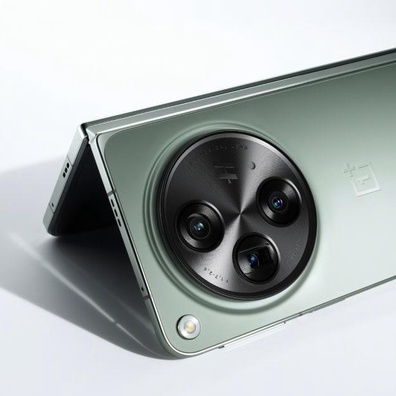
Windows Users Welcome KDE-Style Window Management with Resizer2
Apps
Yesterday
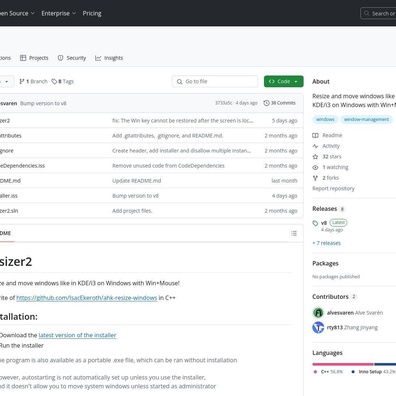
AI-Enhanced Anki Tools Spark Creative Memory Solutions: From Mnemonics to Music
AI
Yesterday
